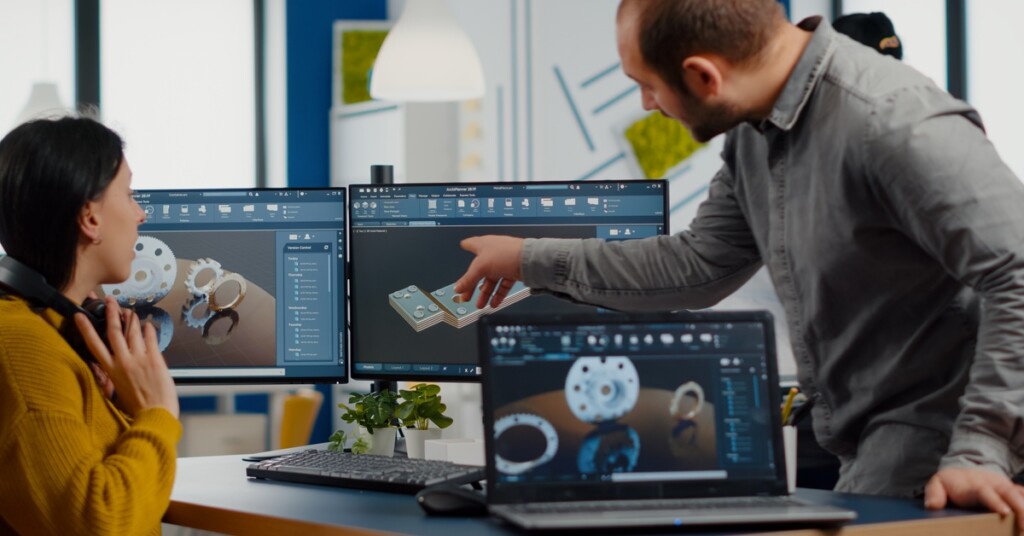Designing a part that looks good on paper is one thing; designing one that’s ready for CNC production is another. Poor design decisions often result in higher costs, longer lead times, or complete redesigns. That’s why knowing how to make design choices that align with the strengths of CNC processes is crucial.
If you’re developing a new part or product for manufacturing, here are five tips for optimizing product design for CNC machining.
1. Prioritize Simplicity in Geometry
CNC machining thrives on clean, uncomplicated geometry. Overly intricate shapes or tight tolerances can significantly slow production or require specialty tooling. Projects with deep pockets, narrow walls, or sharp internal angles add unnecessary complexity and expense.
By simplifying part geometry wherever possible, you reduce machining time and minimize the chance of scraps and errors. Keep tolerances as loose as functionally possible, and eliminate decorative or cosmetic features that don’t serve structural purposes.
2. Design for Tool Access
Machining tools need direct paths to the surfaces they’re cutting. Proposals with tool access in mind, especially for internal features, eliminate the need for custom setups or multiple operations. Deep cavities, for example, should be fabricated with gradual slopes or open ends when possible.
Avoid specifying sharp internal corners. CNC tools are round, so include appropriate fillets that match common cutter radii. This simple change makes programming easier and improves the surface finish of machined parts.
3. Use Standard Dimensions and Features
Whenever possible, default to standard dimensions such as thread sizes, hole diameters, and fastener lengths. Standardizations reduce tool changeover, simplify sourcing, and streamline programming.
Standardizing also improves compatibility across other assemblies and shortens quoting and production cycles. It’s a small detail that has a big impact when scaled across dozens or hundreds of parts.
4. Choose Materials With Machinability in Mind
Material selection plays a considerable role in both performance and manufacturability. While certain high-performance alloys may meet durability requirements, they can also be difficult or expensive to machine.
Metals like aluminum or mild steel tend to machine faster and with less wear on tooling. Plastics such as Delrin or ABS are ideal for prototyping or light-duty parts. Balancing material properties with manufacturability is key. Manufacturers offering precision machining services can evaluate these factors to ensure high-quality results.
5. Avoid Design-Stage Surprises
Before handing off your part for production, ensure the drawing is complete and clearly labeled. Include chamfers or deburring notes where necessary, particularly for components that will be assembled. Indicate cosmetic finishes early, and specify surface flatness, concentricity, or part orientation if relevant.
Anticipating how your part will be fixtured or machined can reduce communication errors and costly revisions later.
Why Good Design Matters
Strong designs minimize waste, reduce production time, and improve quality in CNC machining. These tips for optimizing product design for CNC machining can set your team up for a smoother process and better parts.
If you’re looking for a machining partner who understands how to bring designs to life efficiently, Sytech can help. From standard parts to complex custom enclosures, our team will streamline your entire fabrication process.
